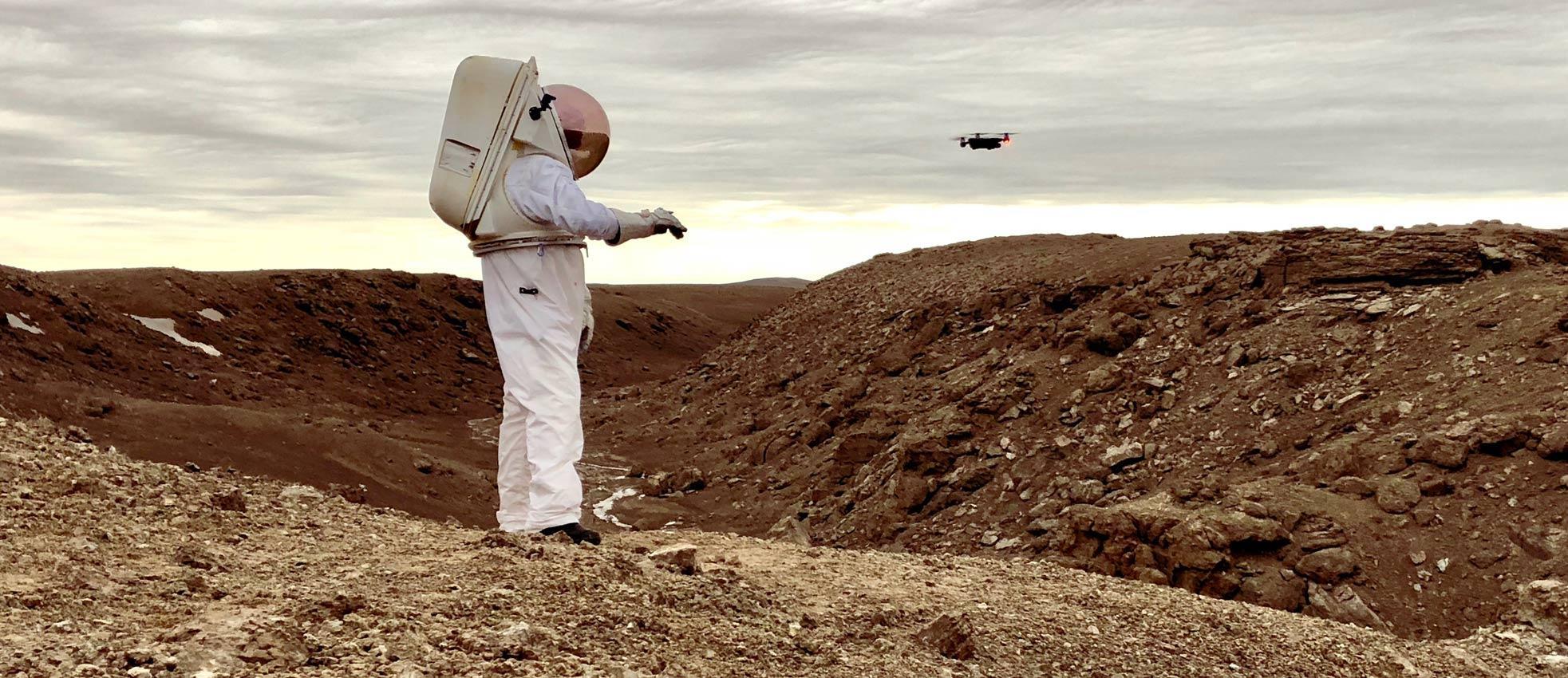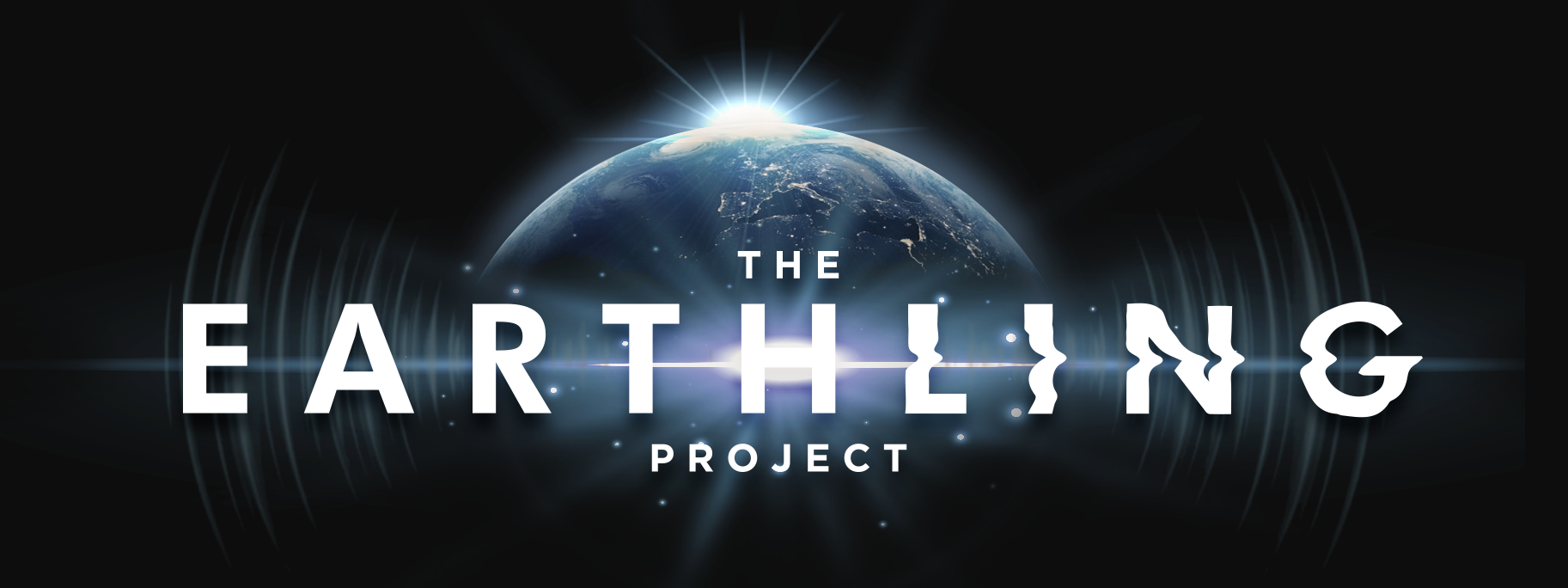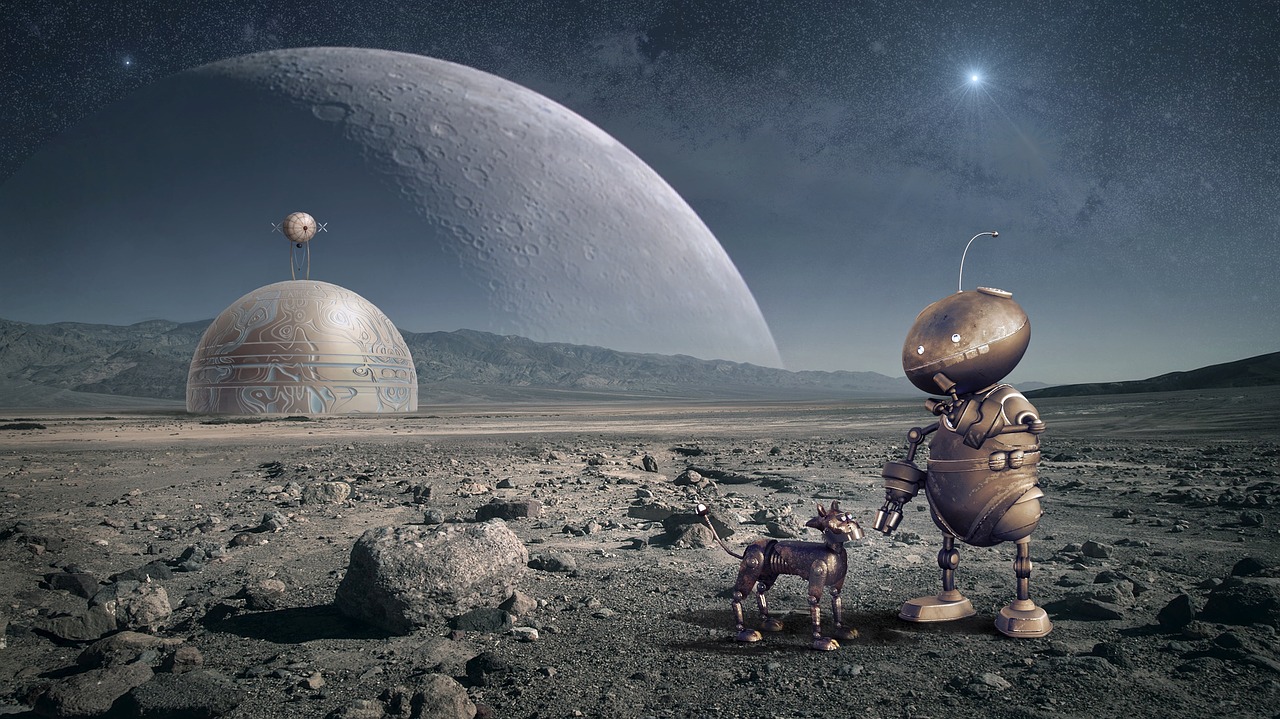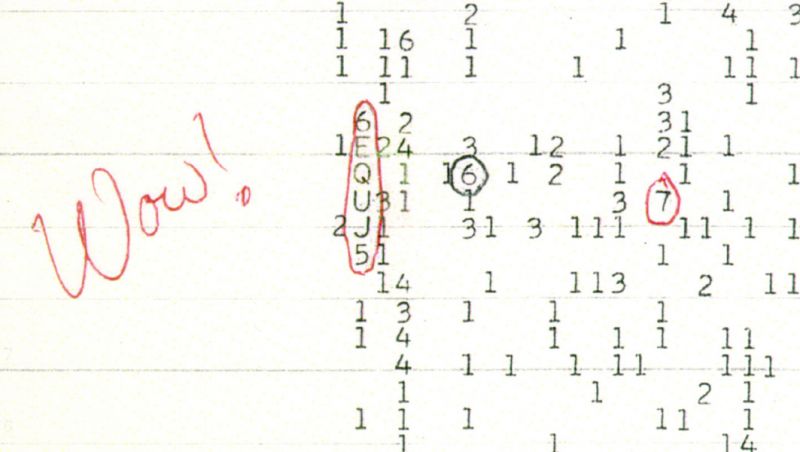
a Helping Hand
The future of space exploration may well involve the use of drones to reach places that are difficult or dangerous for human explorers. Now the latest innovation in spacesuit technology would allow astronauts to control these robotic explorers with simple hand gestures. The NASA Haughton-Mars Project (HMP), SETI Institute, Mars Institute, NASA Ames Research Center, Collins Aerospace, and Ntention announced their collaborative efforts have resulted in a successful field test of the "astronaut smart glove." Ntention, a Norwegian startup company, developed the smart glove technology and began collaborating with HMP after SETI Institute Senior Planetary Scientist Pascal Lee saw a demonstration. Several outlets, including Inverse, covered the story:
"Astronauts on the Moon or Mars will want to fly drones for various reasons," said Lee. "For instance, to collect a sample that is out of reach or that needs to be isolated from contamination. Or to assist in a search and rescue operation…. [W]e have been looking with NASA at how robotic flyers might assist astronauts in a variety of science and exploration tasks, including surveying, mapping, sampling, scouting, fetching, and inspecting."
Astronauts, limited by the mobility restrictions of protective pressurized suits, may find exploration less cumbersome and dangerous with the help of smart glove controlled drones:
"A smart glove-equipped spacesuit could be a solution," said Lee. "With it, astronauts could easily control a range of robotic assets, making science and exploration operations on the Moon, Mars, and at other destinations more effective and productive."
- SETI.org: An Astronaut Smart Glove to Explore the Moon, Mars and Beyond
- Inverse: Smart gloves will give Mars astronauts the power to control robots
- Geek.com: Astronaut Smart Glove Could Control Drones on Moon, Mars
- Interesting Engineering: Smart Gloves Will Help Astronauts to Control Drones, Robots and Explore Space
- Engineering360: Startup develops smart glove for astronauts
- Daily Mail: Smart glove enabling astronauts to control drones with hand gestures could be used to explore Mars and the moon
- Phys.org: An astronaut smart glove to explore the moon, Mars and beyond
 Singing Across the Stars
Singing Across the StarsHow does one craft an interstellar message? That’s a question researchers have been working on since the early days of the SETI field. The Guardian ran a piece recently covering the challenges and insights that have arisen over the years:
The planetary astronomer Frank Drake undertook the first scientific attempt to determine whether we are alone in the galaxy at the Green Bank radio observatory in 1960. For four months, he spent several hours a day observing two nearby stars for any signs of intelligent life.
He came up empty-handed… Still, Drake recognized the nascent search for extraterrestrial intelligence had a glaring blind spot. If we ever did hear from an alien, how would we go about designing a response?
For the next decade, Drake and some of the world's pre-eminent scientists devoted considerable intellectual energy to solving this problem.
Frank Drake, the creator of the Drake Equation, is frequently regarded as the “father of SETI science” for his pioneering early experiments in the field. Today he serves as Chair Emeritus on the Board of Trustees of the SETI Institute, and the SETI Institute continues to explore this challenge:
Tomorrow, our messages will be even more sophisticated. The Seti Institute's Earthling project, for instance, is amassing a database of sounds submitted by users around the world, which will be electronically remixed to create unique songs that try to capture human music as a gestalt then broadcast into space.
You can learn more about the Earthling project and the creative behind it, composer and SETI Institute artist-in-residence Felipe Perez Santiago, at SETI.org.
 Microbes on the Moon?
Microbes on the Moon?Dr. Avi Loeb, a Harvard professor of astronomy, has suggested that alien life might be hiding quite close to home. Loeb thinks the surface of Earth's moon might be a prime target for researchers looking for extraterrestrial microbes. Lacking an atmosphere to destroy incoming meteors – meteors that could contain alien life – and because there is no geological activity, the surface of the moon is relatively pristine. Seth Shostak, Senior Astronomer at the SETI Institute, weighed in on the idea in a recent piece featured in the Boston University News Service:
"One possibility is that life may have slammed into the moon from some other [planet], but if it was coming from farther away than our solar system, it becomes very difficult," said Shostak.
Biological organisms may be unable to survive the harshness of space in their journey across the universe to the moon, explained Shostak. "The desiccation, all the water would either be frozen or just escape as gas from the rock."
Then there’s the space radiation, which would break organisms apart even more. “These little microbes don’t have life jackets,” he said.
While Shostak is somewhat doubtful we'll find alien life on the moon, he acknowledges that we haven't seen sufficient evidence to rule it out either:
“I think it’s good that he stimulates some thought on these things,” said Shostak. “On the other hand, you know, we’ve also got almost nothing on the moon. So, we don’t really know.”
- Boston University News Service: Extraterrestrial life may be closer than we think, says Harvard astronomer
Neighbors a Bad Idea?
We are looking for extraterrestrials… but are we ready to introduce ourselves? SETI Institute Senior Astronomer Seth Shostak appeared on TEDxMarin to present an "irreverent look" at whether introducing ourselves to the universe is such a good idea.
In last week’s episode, meet the powerhouse machines that lead the supercomputer pack in Supercomputer Showdown. In our previous week's episode, find out how the first exoplanet discovery led to 4,000 more and a Nobel Prize, in Nobel Efforts.
Last time on Facebook Live, CEO Bill Diamond Interviews Science Advisory Board Chair Lucianne Walkowicz. Videos of all past Facebook Live events are on our Facebook page: https://www.facebook.com/SETIInstitute/





